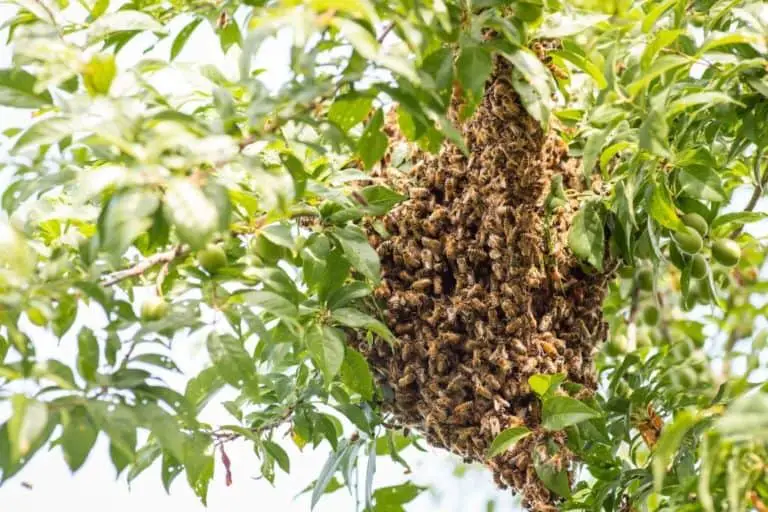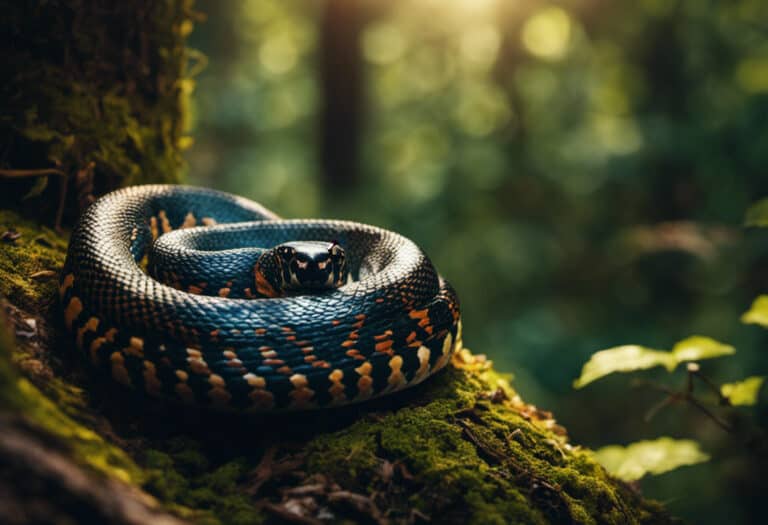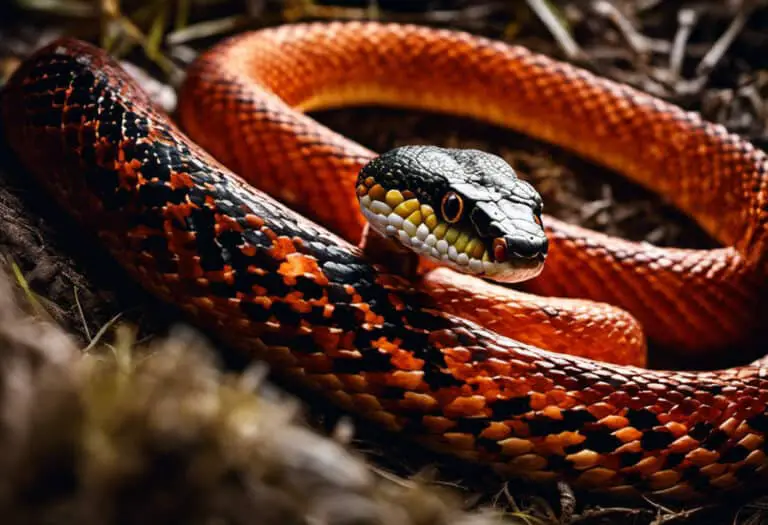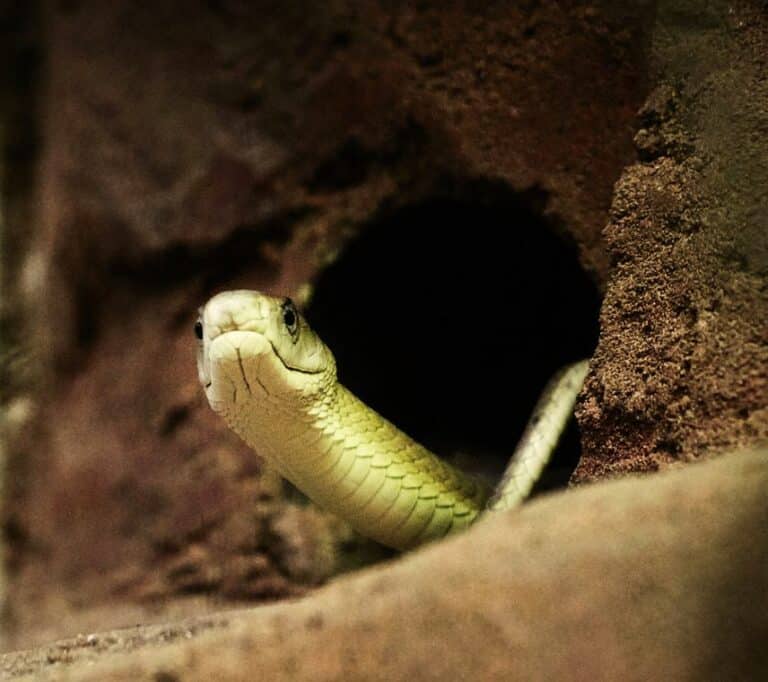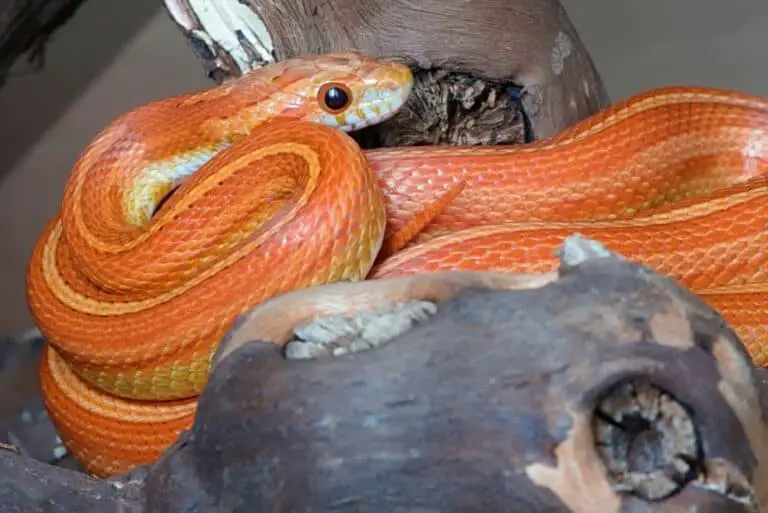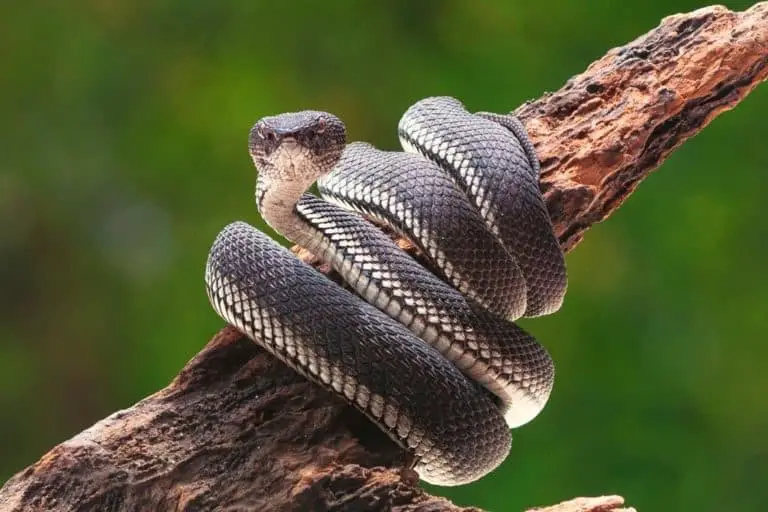Do snakes eat caterpillars? Or other insects?
Snakes are usually considered predators, and for the most part, they are.
Snakes typically eat small mammals, reptiles, fish, and birds. However, a few species of snakes have developed a taste for something different: caterpillars.
The only known snake species to eat caterpillars are the garter snake, the smooth green snake, and the rough green snake.
Scientists believe that these snakes began eating caterpillars as a way to supplement their diet during times when other food sources were scarce. Caterpillars are easy prey items because they are slow-moving and lack defense mechanisms.
Do snakes eat other insects?
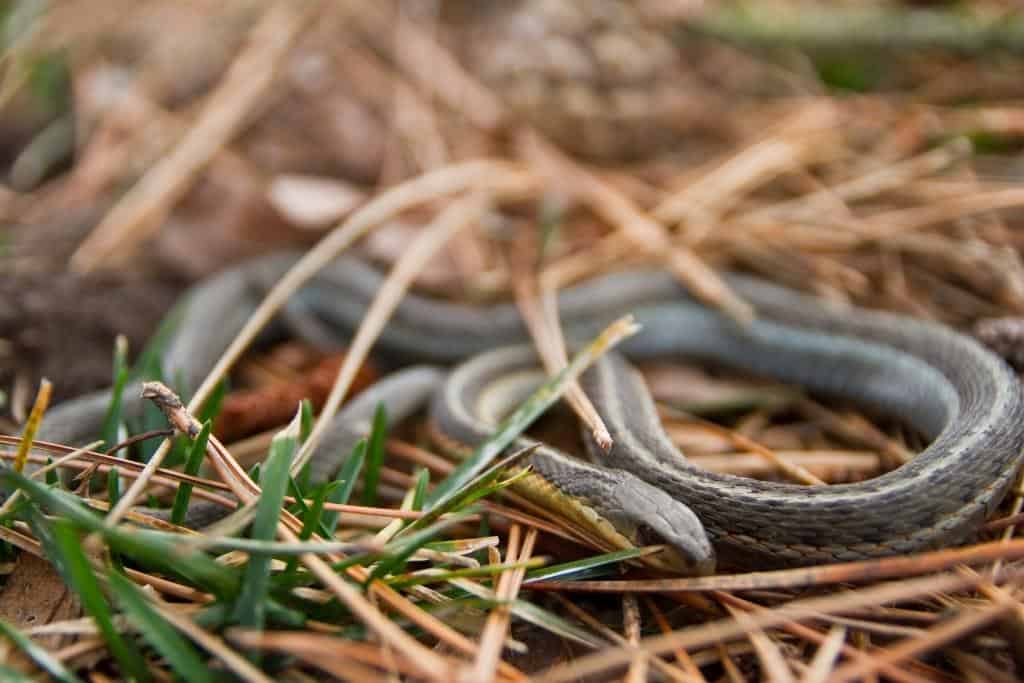
Snakes are carnivores; however, some snakes are more specialized in their diets than others.
For example, pythons and boas primarily eat mammals, while cobras and vipers mainly eat birds.
But what about insects?
While snakes have different dietary preferences, most snakes will opportunistically feed on insects if available. In fact, many young snakes depend on insects as their primary food source until they are large enough to hunt larger prey.
Insects are an essential part of the diet of many snakes because they are relatively easy to catch and are a good source of protein. While snakes prefer different insects, some most commonly eaten insects include crickets, beetles, and grasshoppers.
Snakes are one of the most feared creatures on the planet, but they play an essential role in many ecosystems. They come in various shapes and sizes, and their diet varies accordingly. Small snakes typically eat insects, while more giant snakes need larger prey.
Some Facts:
- Some snakes are venomous, but many are not.
- Snakes are often more afraid of humans than we are of them.
- Snakes help keep the population of rodents and other pests in check and provide a food source for larger predators.
- Snakes provide a valuable food source for other predators. As a result, snakes play a vital role in maintaining ecological balance.
Do all snakes eat insects?
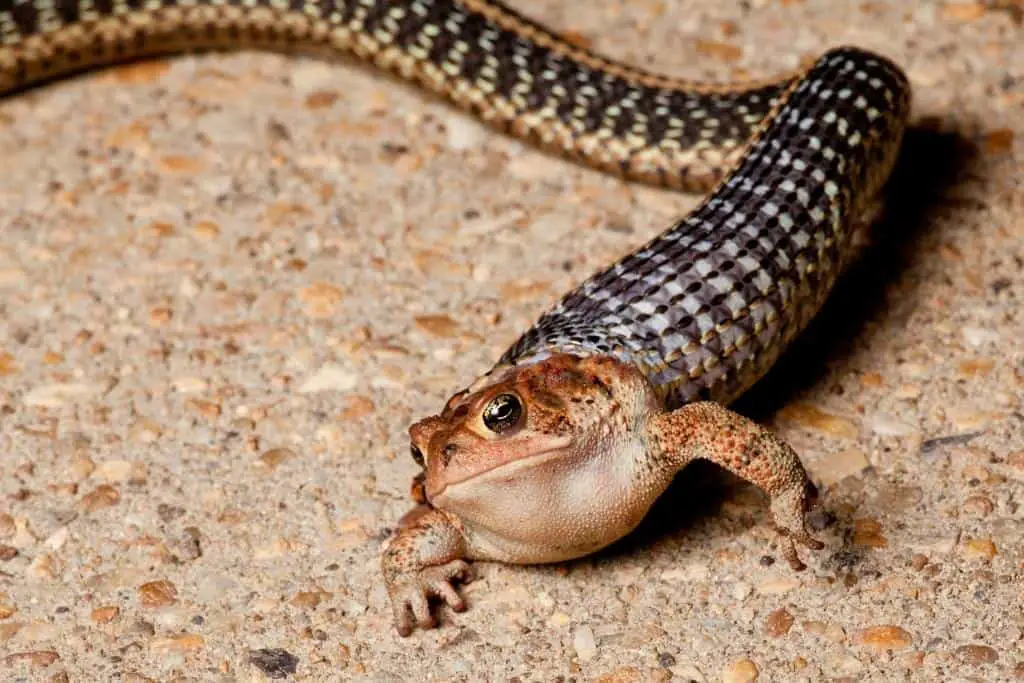
All of the snakes listed below are capable of consuming insects, with the possible exception of the corn snake.
The corn snake is a carnivorous species of snake that is native to the southeastern United States. These snakes are typically between 2 and 3 feet in length and have a robust build with a broad head and round pupils.
Corn snakes are typically yellow or orange in color, with brown or black markings on their body. These markings help the snake camouflage itself in its natural habitat’s leaves and tall grasses.
Corn snakes are naturally shy and reclusive and typically only come out at night to hunt for food. Corn snakes eat small mammals such as mice and rats in the wild.
They will also eat reptiles, amphibians, and birds. In captivity, corn snakes can be fed a diet of frozen mice or live rats.
What snakes can eat insects?
Garter snakes, African egg-eating snakes, rough green snakes, water snakes, and smooth green snakes are some of the snakes that can eat insects.
Insects are vital to a snake’s diet because they provide essential nutrients and moisture. In addition, they are relatively easy to digest and give a good energy source. For these reasons, many snakes focus their hunting efforts on small insects such as crickets, beetles, and ants.
Garter Snakes
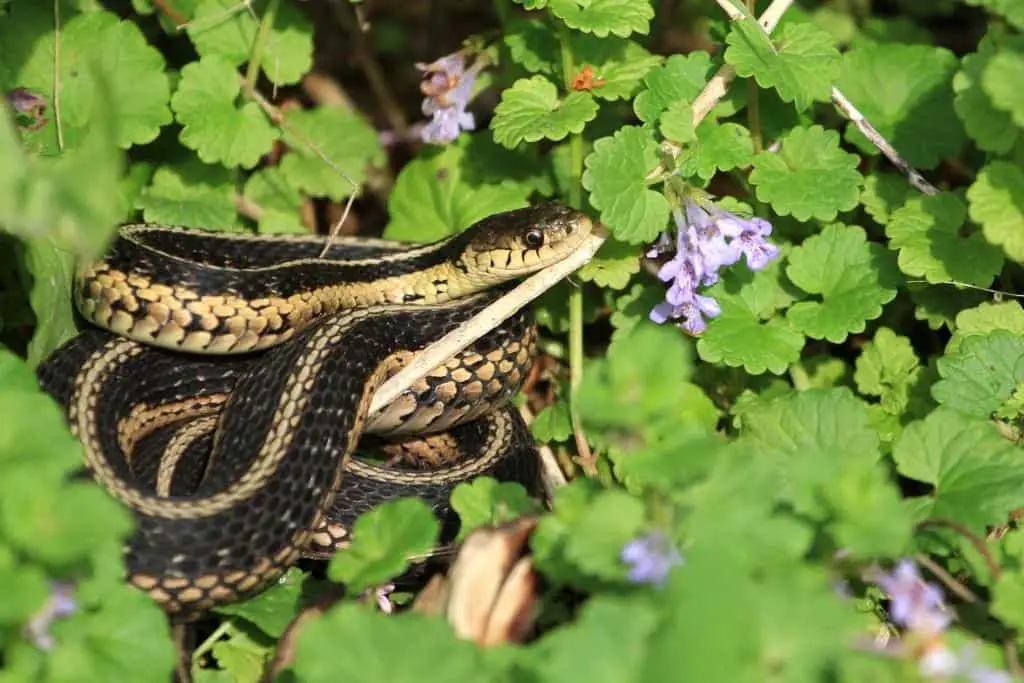
Have you ever seen a snake in your backyard and wondered what kind it was?
If it had stripes running along its body, then there’s a good chance it was a garter snake.
Garter snakes are a type of common snake that can be found in many parts of North America.
These small to medium-sized snakes get their name from the garter-like stripes that run along their bodies.
- They come in various colors, typically green or brown with yellow stripes. Some Garter snakes also have spots on their backs.
- They are non-venomous and usually eat insects, slugs, and earthworms.
- However, they will also eat amphibians, small mammals, and birds.
Garter snakes are active during the day and are often seen sunning themselves on rocks or logs.
They typically live for 3-5 years in the wild, but they can live up to 10 years in captivity.
Rough Green Snakes
The Rough Green Snake is common in many parts of the United States. These slender reptiles can be found in various habitats, from forests to fields to gardens.
Rough Green Snakes are non-venomous and generally harmless to humans.
In fact, they are often considered beneficial because they help to control populations of destructive pests like insects and rodents.
Rough Green Snakes are most active during the day and spend their time in trees or bushes. These snakes are fantastic climbers and may be observed basking in the sun on branches or leaves regularly.
Rough Green Snakes usually try to flee rather than fight when threatened. They may attempt to intimidate their attacker if escape is impossible by coiling their body and hissing loudly.
Despite their harmless nature, they are sometimes killed by humans who mistake them for venomous snakes.
Water Snakes
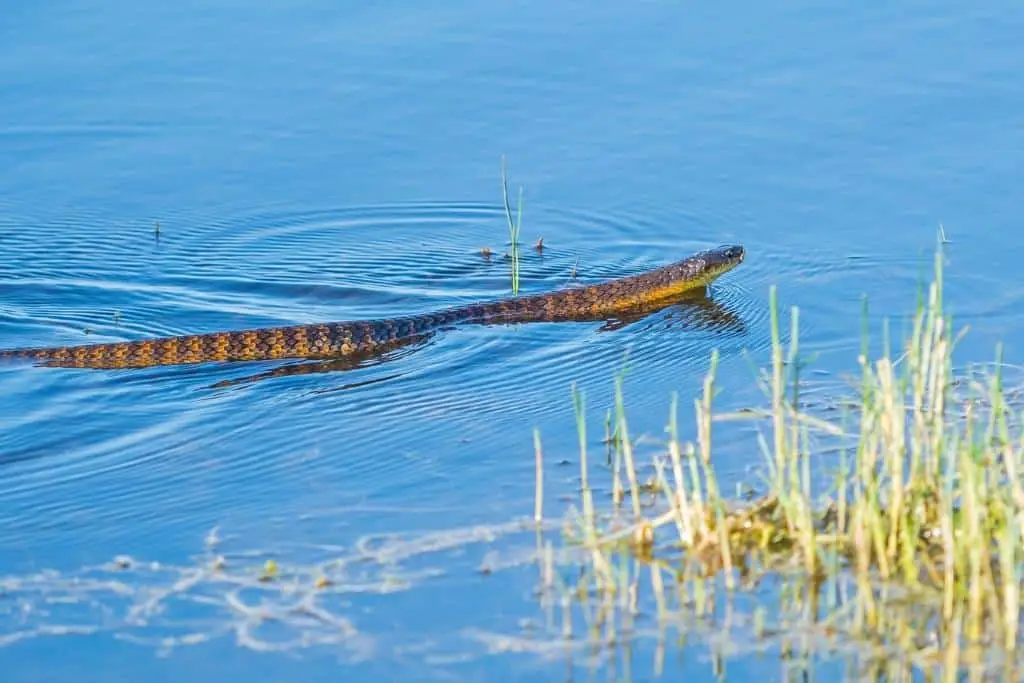
Water snakes are one of the many different types of snakes that can be found in North America. As their name suggests, they are most commonly found near bodies of water, where they hunt for their preferred prey: frogs, fish, and baby turtles.
While they will also eat insects and worms, these make up a more minor part of their diet. Water snakes come in various colors and patterns, but they are all non-venomous, making them harmless to humans.
Although they are not considered dangerous, water snakes can be aggressive if they feel threatened, so it is best to give them a wide berth if you encounter one in the wild.
Smooth Green Snakes
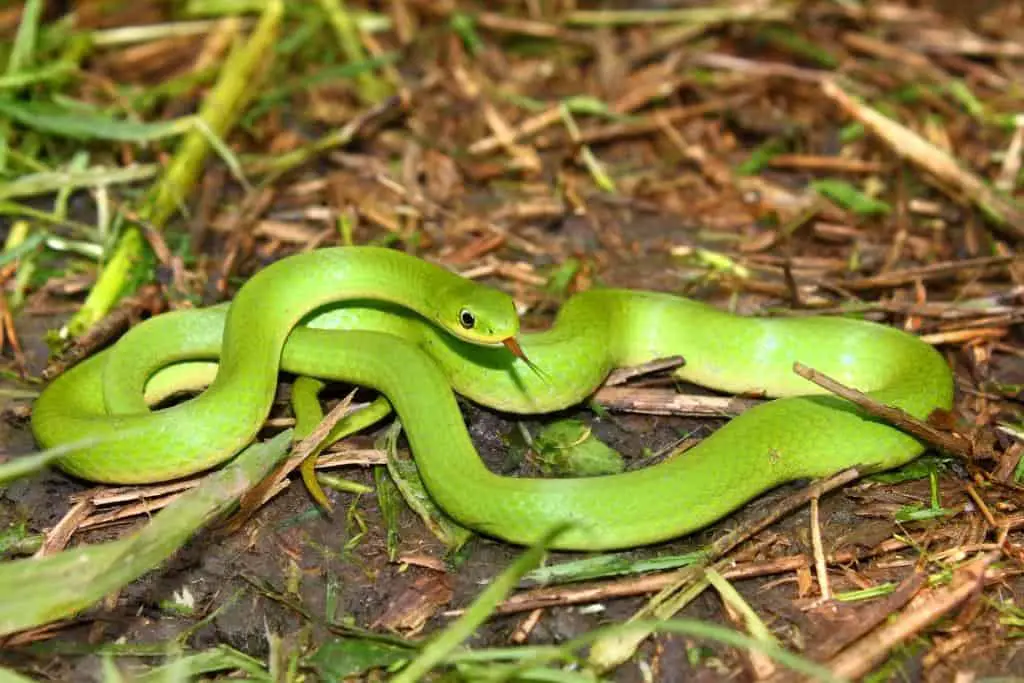
Smooth green snakes are one of the most common snakes in North America. They are slender, small snakes typically between two and four feet in length.
As their name suggests, they have smooth, green scales. Smooth green snakes are non-venomous and eat mainly insects.
They prefer crickets, grasshoppers, and caterpillars but will also eat beetles, spiders, centipedes, millipedes, snails, and slugs. Smooth green snakes are shy snakes that typically avoid contact with humans.
When hunting, this snake relies on stealth and patience, waiting for hours until its prey comes within range. Once it strikes, the smooth green snake wraps its body around the victim, constricting them until it suffocates.
After consuming its meal, the soft green snake will often bask in the sun to help digest its food.
